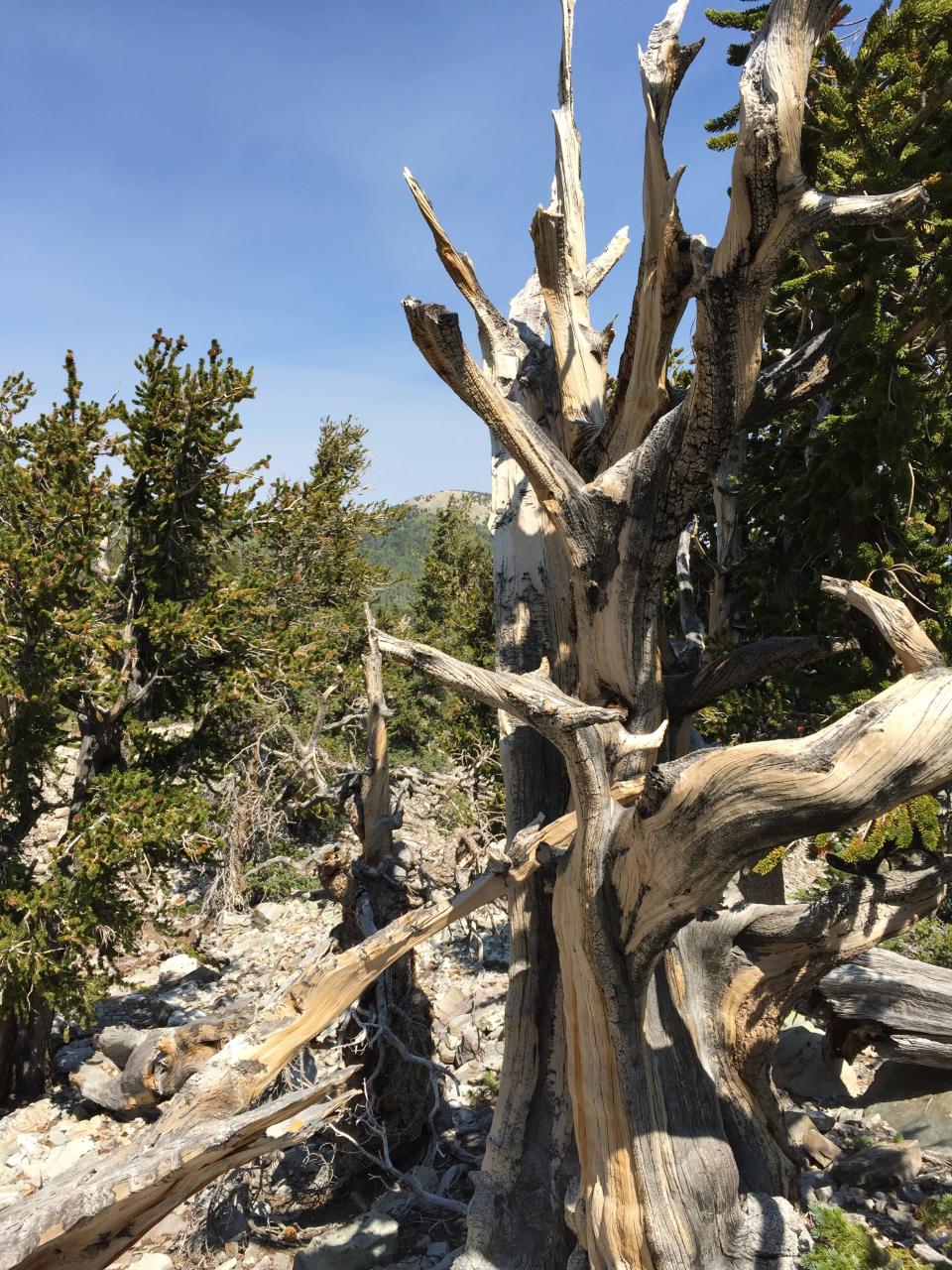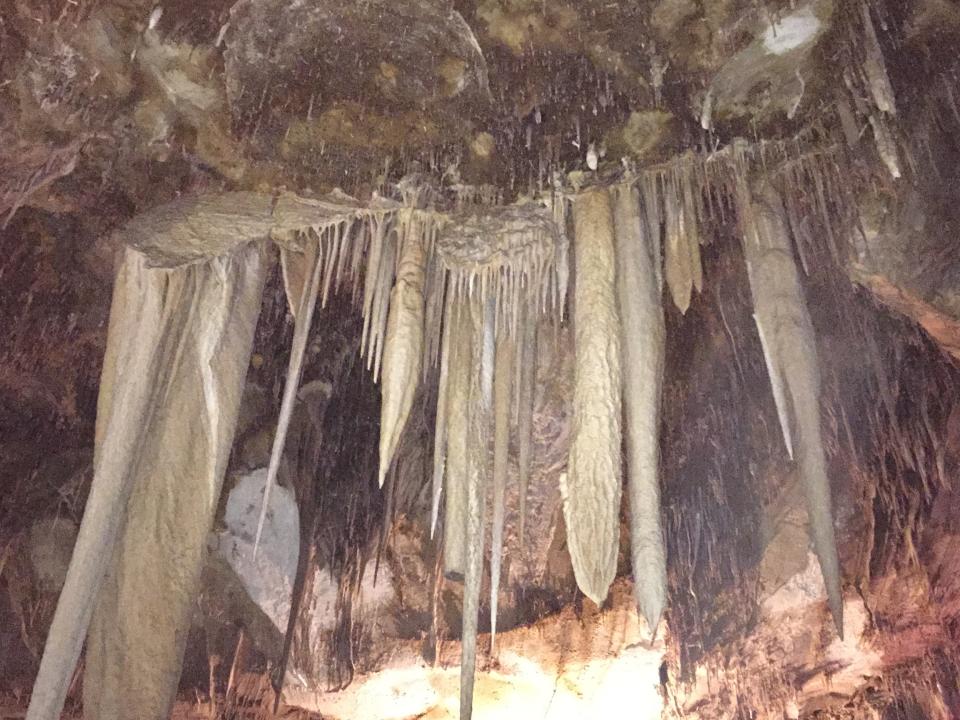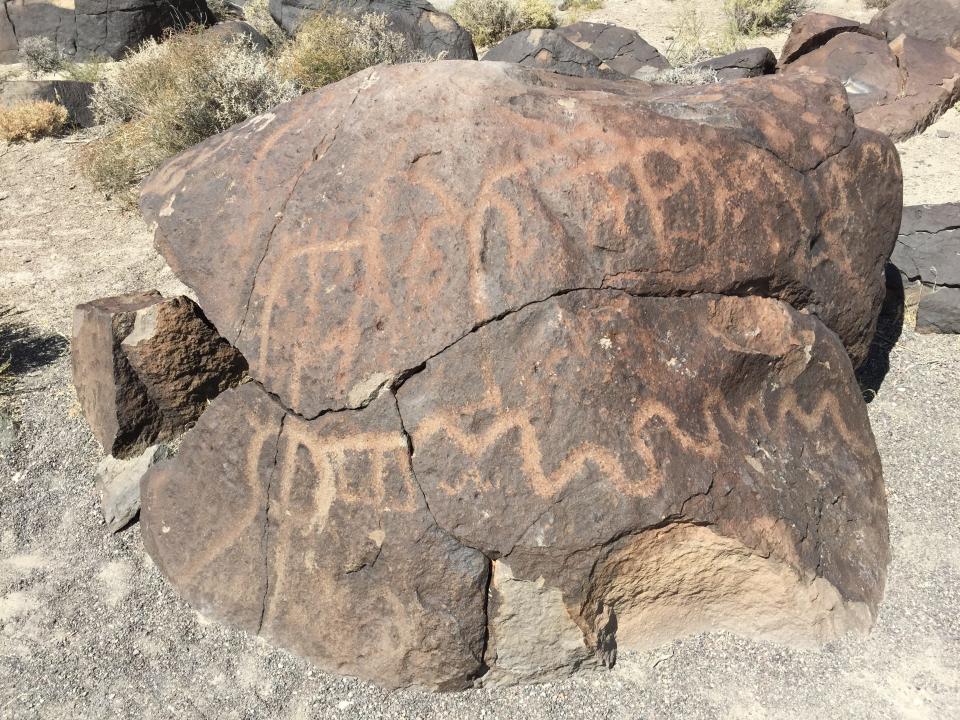Loneliest Road gives inquisitive travelers crossing Nevada a fascinating drive
We recently were presented with a house and cat-sitting opportunity (through our membership in the Affordable Travel Club) in suburban Denver, CO. With two weeks of free lodging and the chance to further explore the beautiful state, our choice was which way to navigate our SUV to cross Nevada and Utah. Travelers have two basic choices from Northern California; follow Interstate 80 easterly, or pick US Highway 50 to cross the roughly 1000-mile journey to Denver.
My personal choice in such a situation: If we have the time, avoid Interstate highways! Generally, non-Interstates follow historic routes and usually present more scenic options. US Highway 50 is also known as the “loneliest Highway” in the US, though it has more exciting waypoints and scenic wonders than Interstate 80. Hence, with no rush to travel 70-plus mph on the highway, the “road less traveled” is the choice, following Highway 50 east out of Sacramento, around South Lake Tahoe, and setting forth on a lovely drive across Nevada.
This trip found Nevada with a spectacular verdant, green landscape, blessed by one of the wettest winters on record. The hills and valleys were bright in color, and we found wildflowers blossoming on south-facing hillsides at lower elevations. Here are highlights of our trip across Nevada on the old highway. You will have the option to admire old pioneer towns like Carson City (the state’s capital), Eureka and its historic Opera House, Grimes Point, with petroglyphs and etchings by ancient Northern Paiute peoples, the remains of New Pass Station, an old stagecoach stop in this wild country and a Pony Express station that prospered in the short life of the Pony Express.

Early into Nevada, stop at Grimes Point Interpretive Center, which features petroglyphs getting back 1000 -2000 years, left by the Northern Paiute people. Thousands of years earlier, Lake Lahonton covered the area up to 800 feet deep; as its waters receded, it left the Grimes Point area above ground, where native peoples left scores of attractive etchings on large rocks along former game trails.
Highway 50, in many places, parallels the old Pony Express route and was also the path of the Overland Stage Company. A one-mile hike takes visitors off Hwy. 50 to the remains of the Pony Express Cold Springs Station, built of rocks and mud to protect from raiding Native Americans and harsh winters. We also found the remains of an old stagecoach stop, New Pass Station, which operated from 1861 to 1869 (when the transcontinental railroad put the stagecoach out of business). The station operated only from April 1860 to October 1861, when the transcontinental telegraph made the operation unprofitable.

Nevada towns like Carson City, Fallon, Austin, Eureka, and Ely show off their history proudly and are some of the cleanest old downtowns we’ve visited. Take the time to walk the old downtown of Eureka and admire the old hotels, Eureka Opera House, and other buildings, all over 100 years old. You’ll find numerous reasonable motels/hotels along the route (a money-saving tip; wait until late afternoon to book on-line your lodging through apps like Kayak or Priceline and save as much as 50% off regular rates).
Your reward for crossing Highway 50 to the eastern side of Nevada is Great Basin National Park, stunning in its beauty and particularly alluring with its Lehman Cave. With few tourists, its beauty is almost untrammeled; home to Nevada's second tallest peak, Wheeler Peak, at 13,063 feet, the park offers scores of hiking trails, including several through ancient forests of Bristlecone Pine. The park offers a full palette of desert, sagebrush, fir and pine, jackrabbits, mule deer, mountain lions, and starlit skies darkest of night-time. The park is so lightly-visited (only about 100,000 visitors each year) that you can find campsites during the summer either reserving in advance or arriving early.

The park's Lehman Cave, one of the most spectacular caves in the western United States, offers underground tours to delight the youngest to oldest travelers. Ranger-guided tours take you 1500 feet into the mountainside, past still stalactites, stalagmites, shields, and otherworldly formations in its impressive rooms, caves, and tunnels. Our favorite campsite is Upper Lehman Creek Campground, green and pretty at 7700 feet, where sunny and warm days can drop to chili evenings down to the low 40s. The park offers additional campgrounds, including another higher on the mountain, at over 9000 feet.
Beyond Great Basin Park, it is further east into scenic Utah, where Highway 50 takes you within proximity to some of Utah’s stunning national parks like Zion, Bryce, and Capital Reef National Parks. Enjoy the ride!
For more info: For Great Basin National Park, nps.gov/grba; Loneliest Road Nevada highlights, TravelNevada.com. For Camping recreation.gov, insight into the Affordable Travel Club, affordabletravelclub.net.
Contact Tim at tviall@msn.com. Happy travels in the west!
This article originally appeared on The Record: Loneliest Road is rewarding for travelers crossing Nevada

